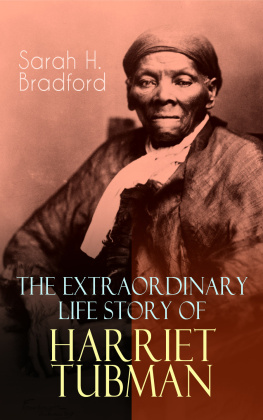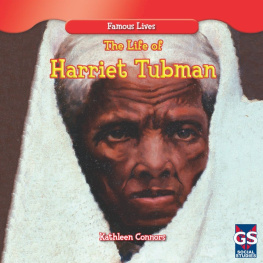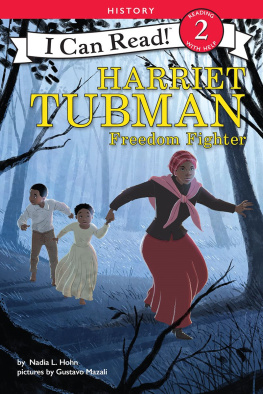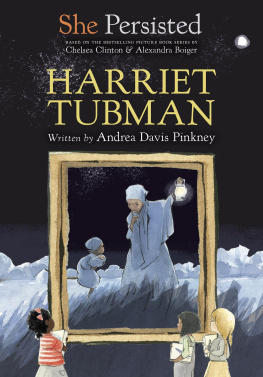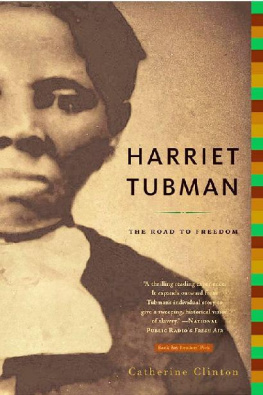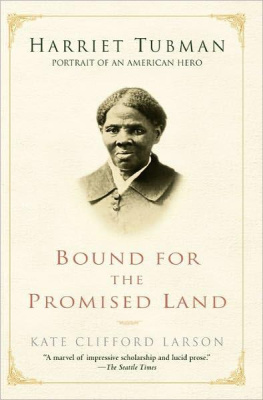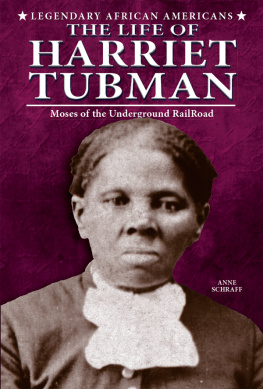Rosemary Sadlier has served since 1993 as the volunteer president of the Ontario Black History Society (OBHS), the first and only provincial heritage organization in Canada focused on African-Canadian history. Under Sadliers leadership, the OBHS obtained the formal proclamation of February as Black History Month at the Ontario level and initiated the national declaration in Canada, effective December 1995. The OBHS has also initiated the formal celebration of August 1 as Emancipation Day, obtained at the provincial level, and pending nationally.
Sadlier has received many awards, including the William Peyton Hubbard Race Relations Award, a Woman for PACE Award, the Black Links Award, the Planet Africa Marcus Garvey Award, a Harry Jerome Award, the Order of Ontario, and she is a Kentucky colonel! Her previous works, including The Kids Book of Black Canadian History , have made her a frequent guest on national television and radio. She is a doctoral candidate of the Ontario Institute for Studies in Education, University of Toronto. She lives in Toronto.
Bibliography
Selected Bibliography
Berlin, Ira. Slaves without Masters: The Free Negro in the Antebellum South . New York: The New Press, 1874.
Bertley, L.W. Canada and Its People of African Descent . Pierrefonds, Quebec: Bilongo Publishers, 1977.
Blockson, Charles. The Black Abolitionist Papers . Edited by C.P. Ripley. Volume 5. Afro-American Collection, Temple University Chapel Hill, North Carolina: 198592.
Bradford, Sarah E. Hopkins. Scenes in the Life of Harriet Tubman . Auburn, New York: Self published, 1869.
Bramble, Linda. Black Fugitive Slaves in Early Canada . St. Catharines, Ontario: Vanwell Publishing Ltd., 1988.
Clinton, Catherine. Harriet Tubman: The Road to Freedom . New York: Little, Brown and Company, 2004.
Conrad, Earl. Harriet Tubman . Washington: Associated Publishers, 1943.
Hill, Daniel G. The Freedom-Seekers: Blacks in Early Canada . Agincourt, Ontario: Book Society of Canada, 1981.
Larson, Kate Clifford. Bound for the Promised Land: Harriet Tubman: Portrait of an American Hero . New York: Ballantine Books, 2004.
Lowry, Beverly. Harriet Tubman: Imagining a Life . New York: Doubleday, 2007.
McGowan, James A. Station Master on the Underground Railroad: The Life and Letters of Thomas Garrett . Moylan, Pennsylvania: McFarland & Company, 2004.
Quarles, Benjamin. Harriet Tubmans Unlikely Leadership, in Black Leaders of the Nineteenth Century . Edited by Leon Litwack and August Meier. Chicago, Illinois: University of Illinois Press, 1988, 4357.
Sernett, Milton C. Harriet Tubman: Myth, Memory, and History . London: Duke University Press, 2007.
Shadd, Adrienne, Afua Cooper, and Karolyn Smardz Frost. The Underground Railroad: Next Stop, Toronto! Toronto: Natural Heritage Books, 2002.
St. Catharines Museum. Harriet Tubman file. St. Catharines, Ontario.
Winks, Robin W. The Blacks in Canada: A History . Montreal: McGill-Queens University Press, 2000.
1
Harriet Tubmans Beginnings
Harriet Tubman is one of the most well-known figures connected to slavery and the Underground Railroad. Her story is the continuation of one that had its beginnings much earlier, on the continent of Africa, the ancestral home of all black people.
Harriet Ross Tubman was one of the most famous conductors on the Underground Railroad. She was not content with being free after her escape from the Brodess plantation when so many others were still in bondage. She risked her life to make numerous trips into southern slave-holding states, to rescue family members and others. Her courage, strength, and dedication to fighting slavery led her to join the Union side during the American Civil War. Throughout the war, Tubman acted as a nurse, scout, and military strategist.
Harriet Ross Tubman was one of the youngest of the eleven children born to Benjamin (Ben) and Araminta (Rittia, Rit) Green Ross in Dorchester County of Marylands Eastern Shore around 1820. Harriet Ross (later Tubman) was born a slave since both of her parents were slaves; Rit was owned by Edward Brodess (also spelled Brodas or Broades) and Ben was owned by Dr. Thompson. The marriage of her parents enslavers brought Ben and Rit together on the same plantation. Harriets great grandparents belonged to the Ashanti tribe and were captured from Central Ghana in 1725. This made Harriet the fourth generation of her family to be enslaved in the United States.
When Harriet was very young, she was free to run about the plantation while her family went to work in the fields. Young enslaved children were cared for by slaves who were too old to do the more strenuous work. Each year the slaves were issued their clothes and Harriet received her rough cotton smock, but nothing else, just like the other slave children. No shoes were given to slaves, and Rit, like the other enslaved adults, received plain outfits or the used clothes of the masters family and his staff. To keep warm on chilly evenings, Harriet would snuggle up to her mother as they, along with the rest of the family, tried to sleep on the dirt floor of the tiny place reserved for them as a home. At least Harriet had the benefit of warm, nurturing parents and the security of being in the same place as her family, as many children were sold away never to know what had happened to their parents or brothers and sisters. Something as simple as a birthday was not given any recognition, so slaves knew little of their African heritage, little of their family heritage, and little of their personal heritage.
From The Refugee by Benjamin Drew, Harriet Tubman said of her life:
I grew up like a neglected weed, ignorant of liberty, having no experience of it. Then I was not happy or contented: every time I saw a white man I was afraid of being carried away. I had two sisters carried away in a chain-gang one of them left two children. We were always uneasy.
Now that I have been free, I know what a dreadful condition slavery is. I have seen hundreds of escaping slaves, but I never saw one who was willing to go back and be a slave. I have no opportunity to see my friends in my native land, if we could be as free there as we are here. I think slavery is the next thing to hell. If a person would send another person into bondage he would it appears to me, be bad enough to send him to hell if he could.
By the time Harriet was about five, it was decided that she should be hired out to other people. Brodess would charge for Harriets services and keep the money that Harriet earned. As was the custom for slaves, she took another name when she was hired out, calling herself Araminta or Minty. For this substitute owner, Harriet was to clean all day and rock the baby all night. Because she was a slave, not a person, her need for sleep was overlooked. Her mistress wanted to make sure she got her moneys worth out of her slave, even when the slave was scarcely older than the child she was expected to care for. She dusted and swept to the best of her ability, but because some dust remained in the room she was whipped about her face, neck, and back. This process was repeated four times until her mistress realized that Harriet needed to be shown how to do it correctly. Until the day she died, she bore the marks of these and subsequent beatings. Harriet detested indoor work; she detested slavery. In order to rock the baby, Harriet had to sit on the floor since the child was almost as big as she was. If the mistress was awakened by the cries of the child, Harriet was beaten. When Harriet was returned to her mother because she was ill, her mistress said that she had not been worth a penny.



